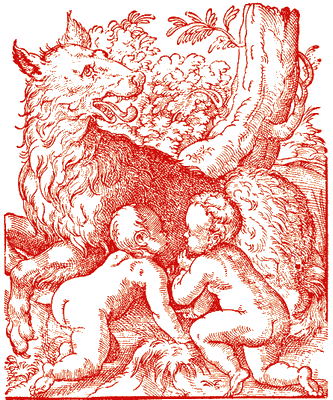|
|
Please note that Mommsen uses the AUC chronology (Ab Urbe Condita), i.e. from the founding of the City of Rome. You can use this reference table to have the B.C. dates
From: The History of Rome, by Theodor Mommsen
Translated with the sanction of the author by William Purdie Dickson

Page 16
We nowhere find among the latter any stimulus of the fine arts which can be referred to Carthage or Caere, and the Phoenician and Etruscan forms of civilization may be in general perhaps classed with those that are hybrid, and for that reason not further productive.(9)
9. The statement that "formerly the Roman boys were trained in Etruscan culture, as they were in later times in Greek" (Liv. ix. 36), is quite irreconcilable with the original character of the Roman training of youth, and it is not easy to see what the Roman boys could have learned in Etruria. Even the most zealous modern partizans of Tages-worship will not maintain that the study of the Etruscan language played such a part in Rome then as the learning of French does now with us; that a non-Etruscan should understand anything of the art of the Etruscan -haruspices- was considered, even by those who availed themselves of that art, to be a disgrace or rather an impossibility (Muller, Etr. ii. 4).
Perhaps the statement was concocted by the Etruscizing antiquaries of the last age of the republic out of stories of the older annals, aiming at a causal explanation of facts, such as that which makes Mucius Scaevola learn Etruscan when a child for the sake of his conversation with Porsena (Dionysius, v. 28; Plutarch, Poplicola, 17; comp. Dionysius, iii. 70). But there was at any rate an epoch when the dominion of Rome over Italy demanded a certain knowledge of the language of the country on the part of Romans of rank.
Do you see any typos or other mistakes? Please let us know and correct them
|
|
Reference address : https://ellopos.net/elpenor/rome/1-15-art.asp?pg=16